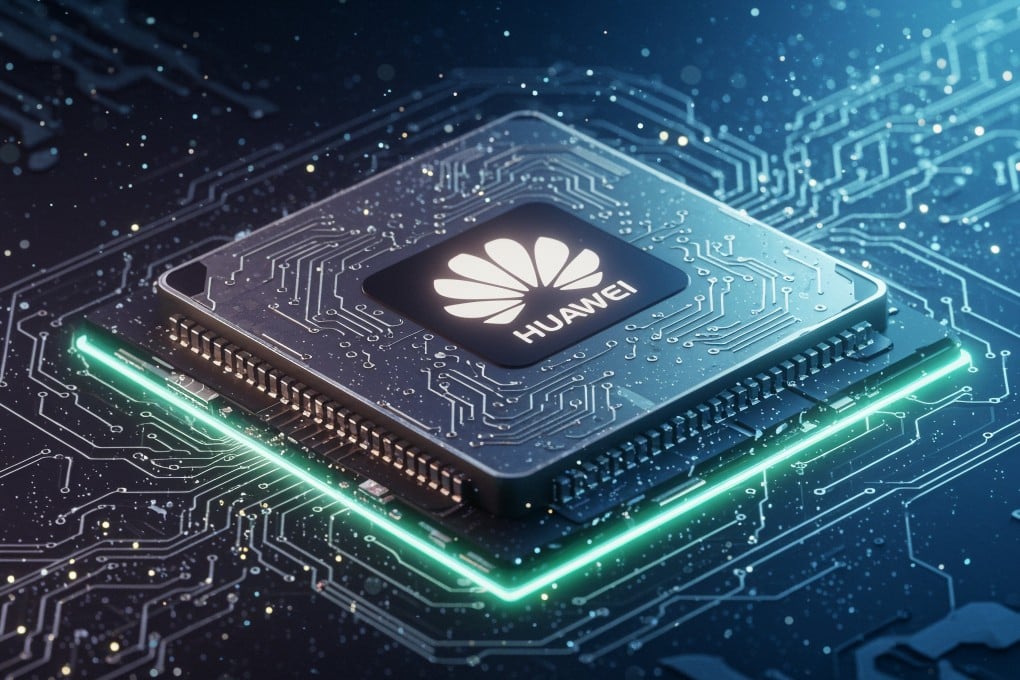Articles in this Cluster
20-09-2025
The article discusses the rise of gig workers in China, with 200 million people, or 40% of the urban labor force, depending on flexible work. This shift has significant implications for China's economy and society, and offers lessons for other countries as technology continues to reshape labor markets. The article highlights the challenges faced by these precarious workers, including struggles to buy property and access public services and benefits.
Entities: China, gig workers, tech platforms, urban labour force, economy • Tone: analytical • Sentiment: neutral • Intent: inform
20-09-2025
China's economic future is heavily dependent on its 200 million precarious workers who face common struggles despite working in different sectors such as manufacturing and delivery services. The article highlights the story of Chu Xin, a migrant worker who traveled across China for jobs in factories and manufacturing hubs, illustrating the precarious nature of their work lives. These workers are crucial to China's economy but face challenges such as dull and demanding work conditions, lack of job security, and difficult living situations.
Entities: China, Chu Xin, Shenzhen, Hong Kong, Kunshan • Tone: analytical • Sentiment: neutral • Intent: analyze
20-09-2025
The article discusses India's potential to become a unique AI superpower, differing from the US and China. India's large population and appetite for new technology have made it the second-largest market for OpenAI's ChatGPT and Anthropic's AI services. A significant majority of Indians believe AI's benefits outweigh its risks, with 92% of Indian office workers regularly using AI tools, compared to 64% in America. The article highlights India's distinct approach to AI adoption and its potential to be a winner in the AI landscape.
Entities: India, OpenAI, ChatGPT, Anthropic, America • Tone: neutral • Sentiment: positive • Intent: inform
20-09-2025
The US has deployed its Typhon missile system in Japan for the first time during a joint military drill with Japanese troops. The system, capable of firing missiles that could hit China's east coast, is seen as a move to 'complicate' China's military planning and may prompt China to improve its counterstrike systems. The deployment is part of the annual Resolute Dragon field training exercise, involving around 20,000 Japanese and US troops. Defence analysts believe that this move could escalate tensions in the region and lead to a response from China.
Entities: US, Typhon missile system, Japan, China, Resolute Dragon field training exercise • Tone: neutral • Sentiment: negative • Intent: inform
20-09-2025
Huawei Technologies has unveiled a three-year road map for its Ascend artificial intelligence processors, bolstering China's tech self-sufficiency efforts. The company's disclosure is seen as a significant step in matching Nvidia's multi-year chip road map. Huawei's deputy chairman, Eric Xu Zhijun, announced plans to launch upgraded Ascend AI chips, including the Ascend 950PR and 950DT, over the next three years. The move reflects Huawei's increased confidence in designing competitive products despite being on Washington's trade blacklist since 2019. Analysts view this as a crucial development in China's quest for tech self-sufficiency.
Entities: Huawei Technologies, China, Nvidia, Kevin Xu, Interconnected Capital • Tone: neutral • Sentiment: neutral • Intent: inform
20-09-2025
The article discusses the growing mainstream acceptance of cryptocurrencies and digital assets, citing surveys and expert opinions. Hong Kong's regulatory lead is seen as a catalyst for the growth of the crypto industry, with institutional investors increasingly allocating assets to cryptocurrencies. The article highlights the potential of digital assets to reshape the future of finance and investing.
Entities: Hong Kong, MicroBit Capital Management, Kenny Khuong, Bitcoin, Ether • Tone: positive • Sentiment: positive • Intent: inform
20-09-2025
A Japanese defence researcher, Masayuki Masuda, has warned that the US' declining interest in regional relations and weakening ties with India are eroding American-led alliances in Asia, creating opportunities for China. The decline is affecting key groupings such as the Quad, a major diplomatic tool for Japan to maintain a balance against China. Masuda expressed concern that the US' deteriorating partnership with India and US President Donald Trump's decision not to attend the Quad summit could be potentially dangerous from Japan's perspective.
Entities: Japan, US, India, China, Masayuki Masuda • Tone: analytical • Sentiment: negative • Intent: inform
20-09-2025
The United States is backing Japan's entry into the Aukus security pact, a trilateral alliance formed in 2021 between the US, Britain, and Australia. Analysts view this move as a long-overdue step to leverage Japan's advanced defense technology and strengthen Western military cooperation in the Indo-Pacific region. Japan has expressed interest in various security projects under Pillar Two of the pact, including undersea capabilities, quantum technologies, and artificial intelligence. Experts see Japan's inclusion as a logical next step, offering benefits such as improved system interoperability, reduced co-development costs, and potential sales of new systems.
Entities: United States, Japan, Aukus, US State Department, Congress • Tone: neutral • Sentiment: positive • Intent: inform
